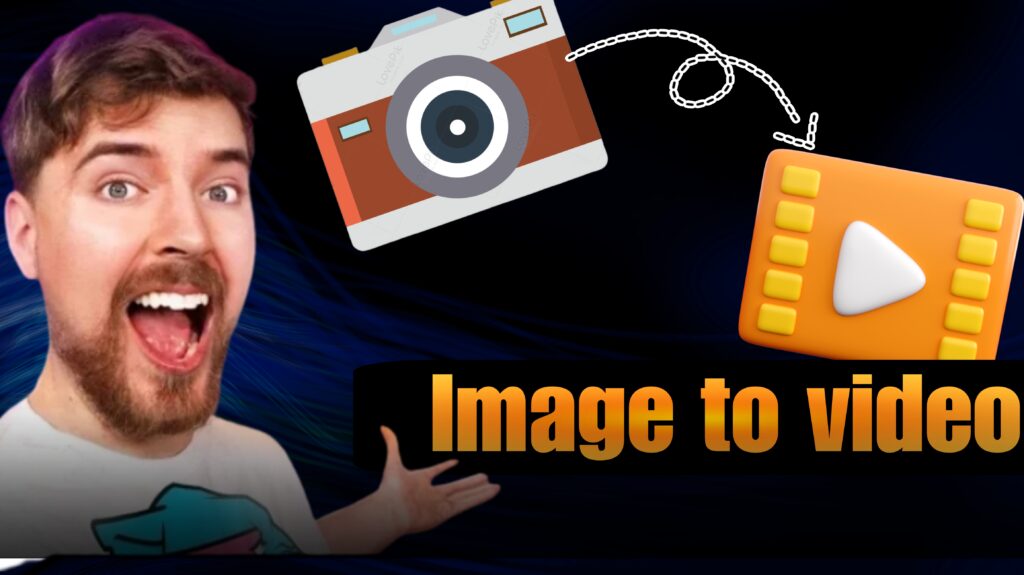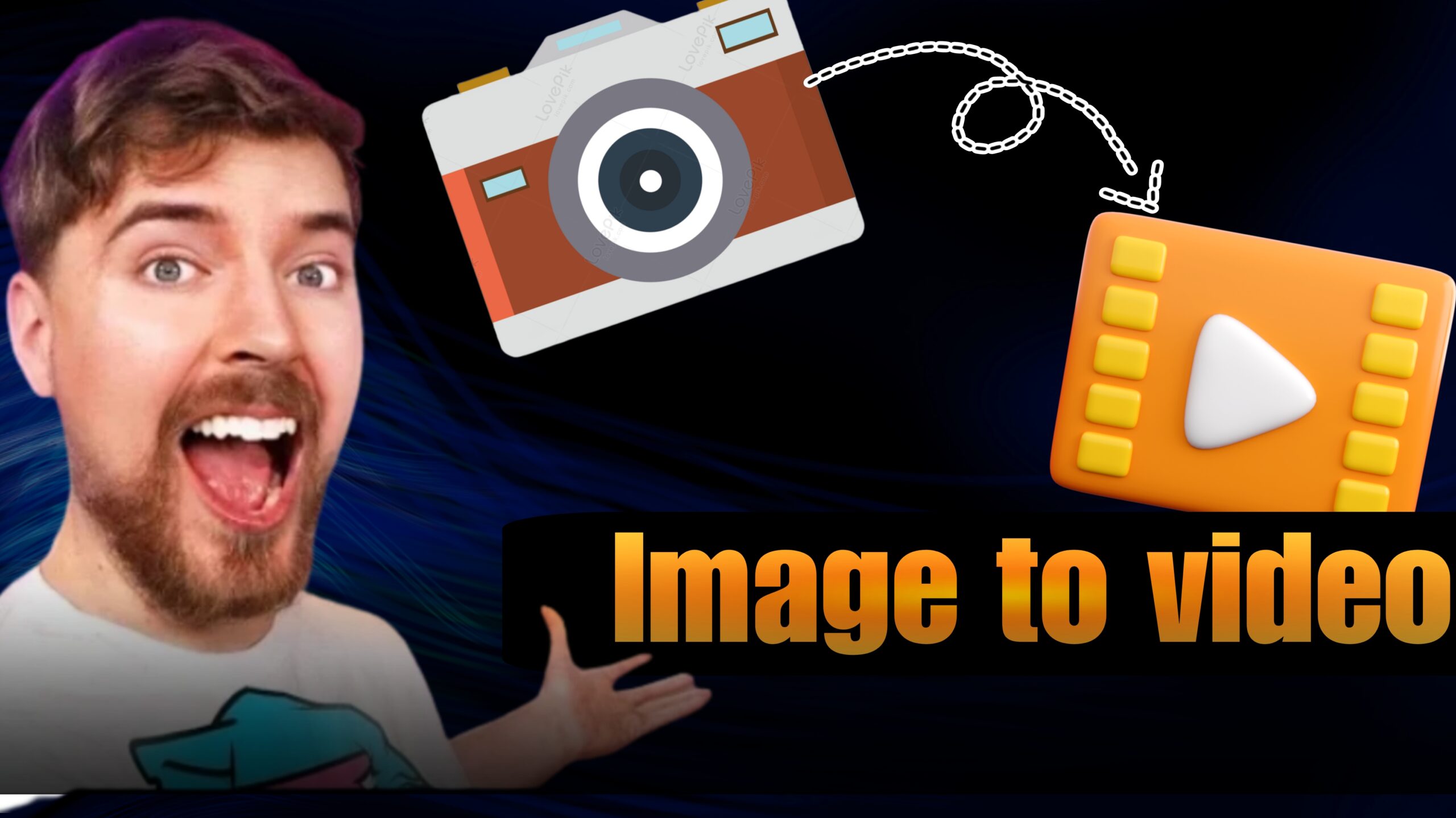Table of Contents

Introduction
In today’s fast-paced digital world, visual content reigns supreme, especially on social media. If you’ve got a collection of images that you’d like to turn into a captivating video, Luma AI is your go-to tool. But how do you go about converting your images into a stunning video and sharing it on social media? That’s exactly what we’re going to dive into.
Overview of Image-to-Video Conversion
Image-to-video conversion isn’t just about stitching pictures together; it’s about telling a story. Whether you’re showcasing a product, sharing a memorable event, or creating a visual portfolio, transforming your images into a video can significantly enhance the impact of your content.
Importance of Visual Content in Social Media
Visual content is more engaging and shareable than text alone. Videos, in particular, capture attention quickly and are more likely to be shared, liked, and commented on. This makes the ability to convert images into videos an invaluable skill for anyone looking to boost their social media presence.
What is Luma AI?
Luma AI is an innovative tool that leverages artificial intelligence to help users create high-quality videos from images. Whether you’re a professional or a beginner, Luma AI simplifies the video creation process, making it accessible to everyone.
Features of Luma AI
Luma AI comes packed with features designed to enhance your video creation experience:
- AI-Powered Editing: Automate video creation with smart AI that understands your images and how to best transition between them.
- Customizable Templates: Choose from a variety of templates that suit different themes and styles.
- High-Resolution Export: Ensure your videos are crisp and clear, perfect for any platform.
- User-Friendly Interface: Easy to navigate, even for beginners.
How Luma AI Differs from Other Tools
What sets Luma AI apart is its use of AI to automate much of the video creation process. Unlike traditional video editing tools that require manual adjustments, Luma AI can intuitively craft transitions, add effects, and suggest the best layout for your images.
Preparing Your Images for Conversion
Before diving into the video creation process, it’s crucial to prepare your images. This step ensures that your final video is cohesive and visually appealing.
Choosing the Right Images
Not every image is suitable for a video. When selecting images, think about the story you want to tell. Choose images that are relevant, high-quality, and have a clear focus.
Image Quality and Resolution
High-resolution images are essential for a professional-looking video. Low-quality images can appear blurry or pixelated, which can detract from the overall impact of your video.
Organizing Images for a Cohesive Storyline
Your video should have a clear beginning, middle, and end. Arrange your images in a way that they flow naturally from one to the next, creating a narrative that viewers can easily follow.
Step-by-Step Guide to Converting Images to Video with Luma AI
Now that your images are ready, it’s time to convert them into a video using Luma AI. Here’s how:

Setting Up Luma AI
First, you’ll need to sign up or log into Luma AI. The platform is available online, so you won’t need to download any software. Once logged in, you can start a new project.
Uploading Your Images
Upload the images you want to use for your video. Luma AI supports various formats, so you shouldn’t have any trouble uploading your photos.
Choosing the Video Style
Luma AI offers several video styles that you can choose from. Whether you want a fast-paced montage or a slow, cinematic experience, there’s a style that suits your needs.
Adding Transitions and Effects
To make your video more dynamic, you can add transitions between images. Luma AI’s AI-powered suggestions can help you pick the best effects to enhance your video.
Previewing and Editing Your Video
Before finalizing your video, it’s important to preview it. Luma AI allows you to make edits on the fly, whether it’s adjusting the timing, changing the transitions, or swapping out images.
Finalizing and Exporting the Video
Once you’re happy with the preview, you can export your video. Luma AI allows you to choose the resolution and format, ensuring your video is perfect for sharing on social media.
Posting Your Video on Social Media
With your video ready, the next step is to share it with the world. Here’s how to do it effectively:
Choosing the Right Social Media Platform
Not all social media platforms are created equal. Consider where your audience is most active. Whether it’s Instagram, Facebook, TikTok, or YouTube, choose the platform that aligns best with your content.
Optimizing Video for Different Platforms
Each platform has its own specifications for video uploads. Make sure your video meets the platform’s requirements for resolution, aspect ratio, and length.
Video Length and Format Considerations
For instance, Instagram Stories have a 15-second limit, while YouTube allows for much longer content. Tailor your video’s length and format to fit the platform’s norms.
Crafting an Engaging Caption and Hashtags
A great video is only half the battle. Pair it with a catchy caption and relevant hashtags to maximize your reach and engagement. Use hashtags that are trending or specific to your niche to attract the right audience.
Tips for Maximizing Engagement
Once your video is posted, you’ll want to ensure it reaches as many people as possible.
Timing Your Post for Maximum Reach
Timing is everything. Post your video when your audience is most active. Use insights and analytics from your social media platform to determine the best times.
Interacting with Your Audience
Engagement doesn’t stop after you hit the post button. Reply to comments, ask questions, and engage with your audience to build a community around your content.
Analyzing Performance Metrics
Keep an eye on how your video is performing. Use analytics tools to track views, likes, shares, and comments. This data can help you understand what works and what doesn’t, guiding your future content strategy.
Conclusion
Converting images to video with Luma AI is a simple yet powerful way to enhance your social media content. By following the steps outlined above, you can create engaging videos that capture attention and boost your online presence. So why not give it a try and see the difference it can make?
FAQs
What image formats are supported by Luma AI?
Luma AI supports various image formats, including JPEG, PNG, and TIFF.
Can I add music to my video in Luma AI?
Yes, Luma AI allows you to add music to your video, either by uploading your own track or choosing from the platform’s library.
How long does it take to convert images to video?
The conversion process is usually quick, taking only a few minutes depending on the number of images and the complexity of your video.
Is Luma AI free to use?
Luma AI offers both free and premium plans, with additional features available in the premium version.
What should I do if my video quality is poor after conversion?
If your video quality is poor, consider re-uploading higher resolution images or adjusting the export settings to improve clarity.


